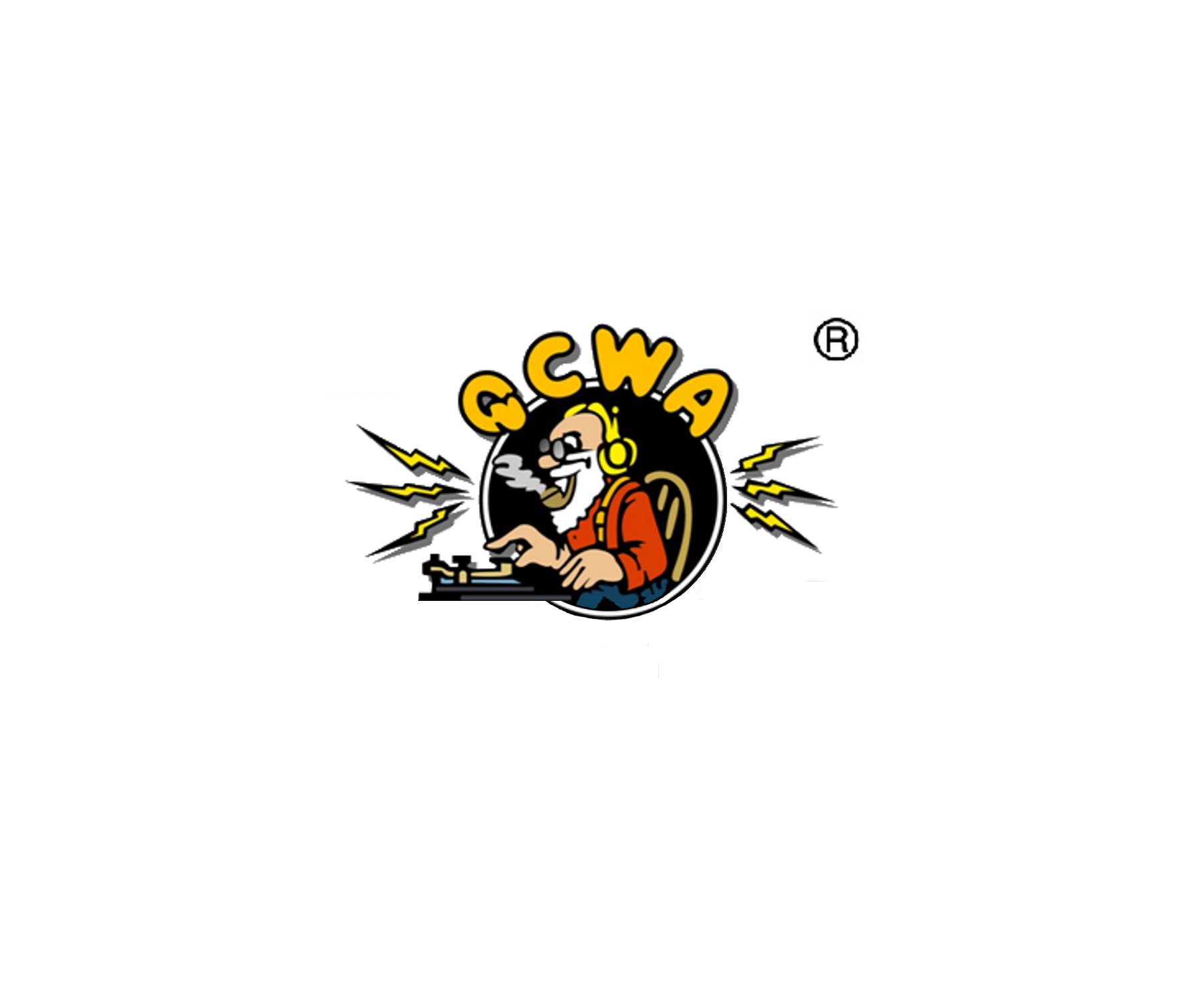To all Amateur Radio Operators:
Thank you for visiting our QCWA webpage. We would love to have you as a member of our 75-year-old organization.
QCWA was founded by an enterprising group of New York City hams in 1947. During a 10m local net, one suggested they form an organization comprised of hams who were licensed for at least 25 years, or not later than 1922! These men were among the earliest hams, since the hobby didn’t exist before about 1912. In fact, when these hams were licensed, there were no country prefixes as we know them today. They used spark gap* before CW came into general use. Many of you may not have heard of spark gap, which was outlawed in 1934.** Research the origins of ham radio and see how the hobby has evolved tremendously in more than 100 years.
Today, QCWA is almost 4,000 strong, with members from numerous countries.
There are only two requirements for membership:
– You must hold a valid Amateur Radio license (any country, any class)
– You must have been licensed at least 25 years ago.
It is a common misconception that you must have been continuously licensed; this is not the case. If you held a license in 1998 or earlier, you are eligible to join QCWA today.
QCWA, as a very decentralized organization, began chartering local chapters in 1951. The first chapter, Cleveland (OH) #1, is still operating today. Since 1951, we have chartered more than 200 chapters. About 65 chapters are still active, including several foreign chapters.
QCWA members may join any local chapter(s). Many chapters hold regular meetings, in person and online. Anyone, regardless of membership or license status, is welcome at QCWA gatherings. There is a wealth of knowledge to be gained by attending chapter meetings. As older hams become Silent Keys, we
need the younger members to step up and become active.
Please explore the public part of the QCWA webpage (https://www.qcwa.org/infocenter.php). There you will find information on QCWA, its chapters, its officers, etc. Also read the welcoming message from our Office Manager, Roberta Cohen, WA2FRW (https://www.qcwa.org/new-members-om.pdf), which highlights your membership benefits when you join QCWA.
Please contact me if you have any questions about QCWA or if I can help you in any way. I look forward to speaking with you or meeting you soon.
47&73,
Ron Fish, KX1W
President, Quarter Century Wireless Association, Inc.
*Spark gap is a simple, low-tech way of generating high frequencies. It was the only way of generating them before valves (tubes) and transistors were invented. The spark gap is a simple, low-tech way of generating high frequencies.
**The radio signals produced by spark-gap transmitters are electrically “noisy”; they have a wide bandwidth, creating radio frequency interference (RFI) that can disrupt other radio transmissions.
